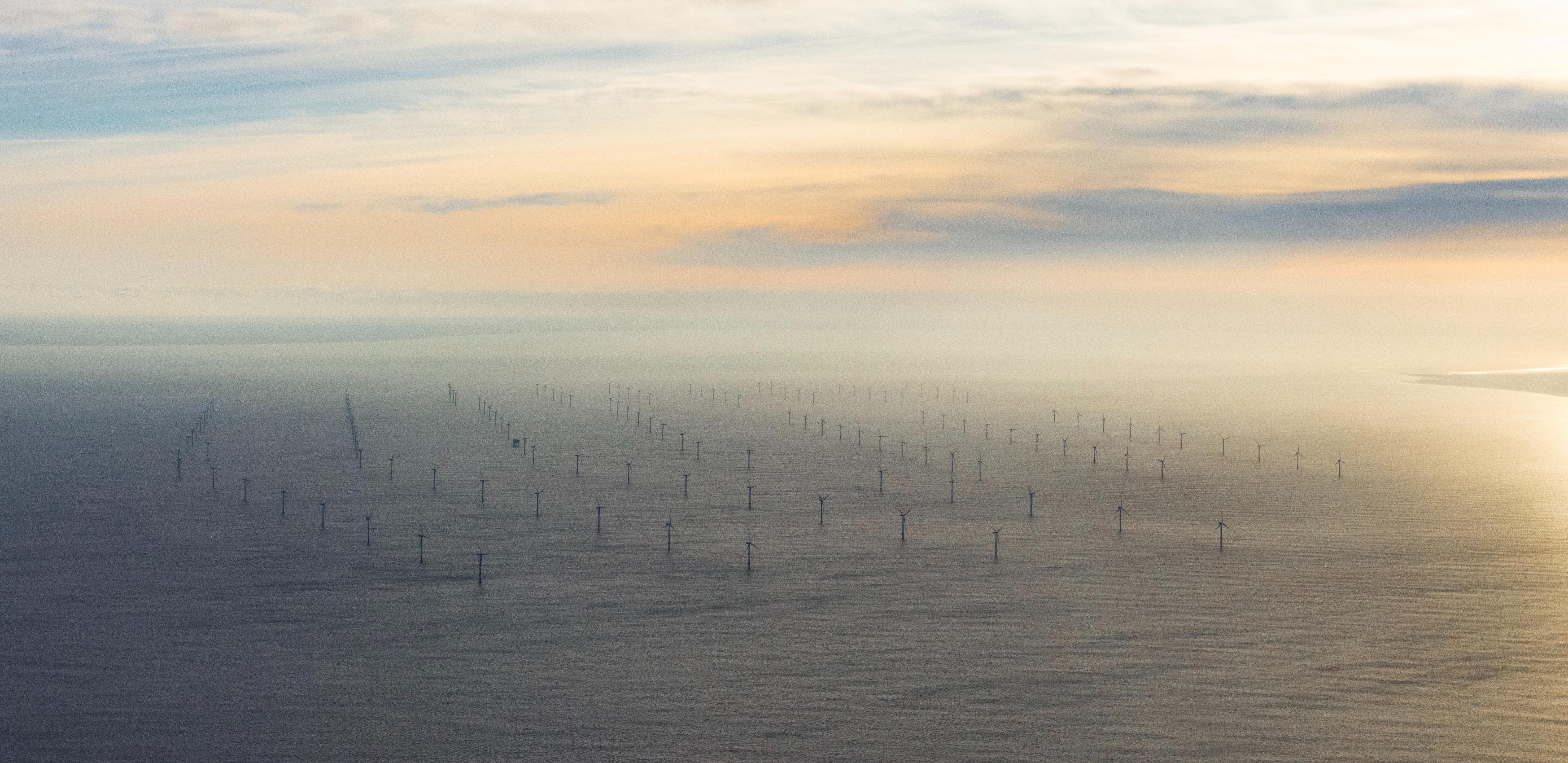About
The ocean provides multiple goods and services, including food provision through fisheries, carbon storage, and renewable energy. Technological advancement and regional commitments to renewable energy goals have stimulated interest in expanding offshore wind and marine hydrokinetic energy farms for generating clean energy. Offshore wind farm development in the United States is in its early stages, with the first operation completed as recently as 2016 in Rhode Island. Wind energy is likely to expand to the West Coast, where the Bureau of Ocean Energy Management (BOEM) is planning for future leasing and development of the coast of California, Oregon, and Hawaii. With the introduction of offshore wind farms into ocean areas that potentially have other existing economic uses, stakeholders from other sectors, particularly commercial fisheries, are invested in the expected effects of these structures on their activities.
The establishment of wind farm infrastructure may result in nontrivial impacts - what factors related to the siting of offshore wind farm structures drive the socioeconomic outcomes of key commercial fisheries? This information is crucial to anticipating potential impacts of such structures, helping managers and stakeholders plan accordingly. We aim to estimate the potential socioeconomic impacts to fisheries of expanding offshore wind farms on the West Coast, using Marine Protected Areas (MPAs) as a proxy.
